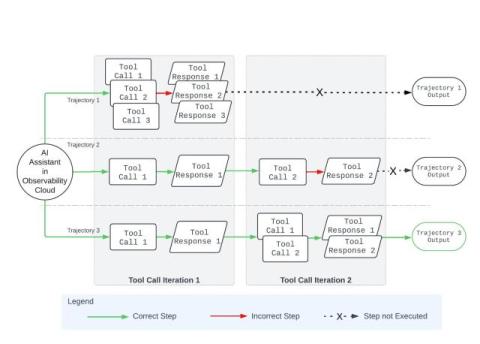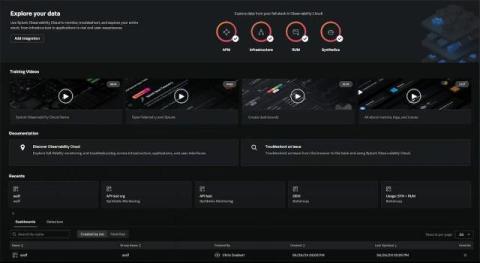Mastering Log Monitoring: Boost Your IT Operations
With the development and increased usage of cloud-native technologies, containers, and microservices-based architectures, log monitoring has become a fundamental component of effective management for organizations. Logs offer users insights into occurring issues and assist them in understanding how their software performs over time, where it excels, and where it fails.










